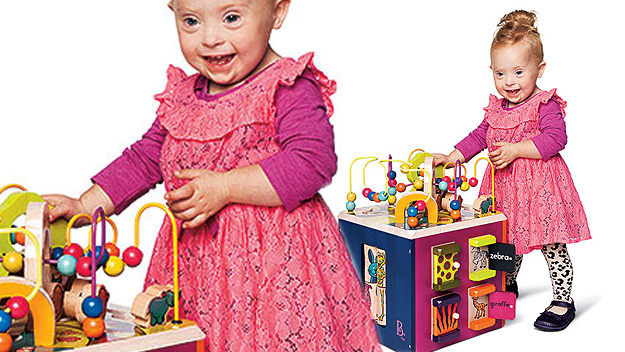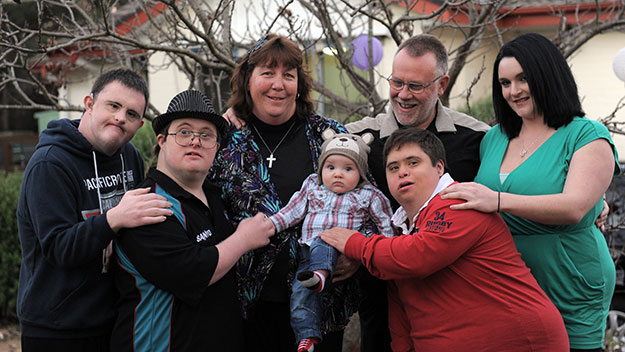Last week, Izzy Bradley, an adorable two-year-old girl featured in a toy catalogue for retail giant Target US, almost ‘broke the internet’.
Her photo went viral on social media, drawing praise and support from people around the world.
Like my five-year-old son, Julius, who models regularly for Australia children’s fashion brand eeni meeni miini moh, Izzy has Down syndrome and is one of an increasing number of children with disability to feature in mainstream advertising campaigns.
But what I also like about the way that Izzy has been featured is that she was pictured doing what all kids of that age do – looking adorable and playing with a toy.
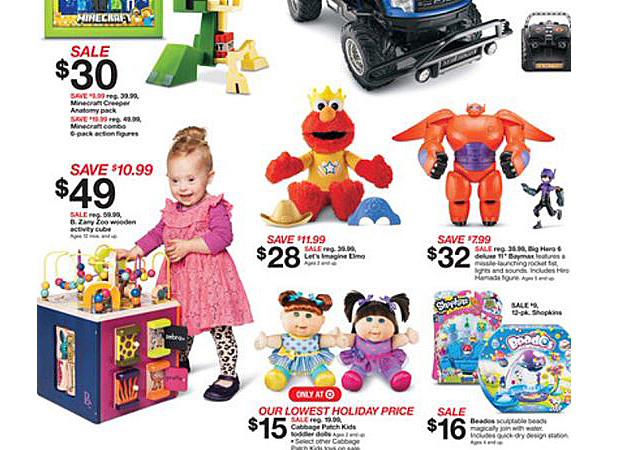
Target catalogue Izzy Bradley, with Down syndrome
There was no mention of Down syndrome or disability and no attempt by Target US to “pull at the heart strings” or to set Izzy apart from her peers because of her condition. This is important because it sends the message to the community that all children, regardless of disability or difference, should be valued and included in the same way. And this also helps to undermine the stigma, stereotyping and segregation that children like Julius and Izzy still experience.
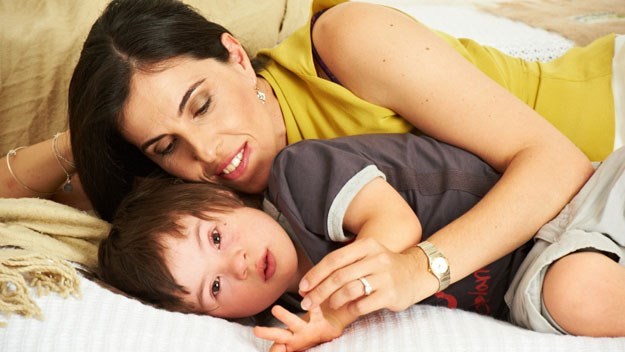
The author with her son, Julius.
During the past two years, Julius and I have flown on six separate occasions from Perth, where we live, to Brisbane for photo shoots. While it has been great fun and an opportunity for us to have precious one-on-one time, it has also been a bit of juggle. I’ve had to take time off work and let my husband keep things going at home with Julius’ two sisters. And while Julius has been a clear winner in the fashion stakes with all the funky clothes he gets out of it, I’m no Kardashian ‘mummanager’ and the truth is that it costs us more to do it than not to.
But as Julius’ mother, I feel proud of the small role that Julius has played in encouraging the community to see disability in a more positive light and to help promote more positive attitudes towards people with disability. Speaking to me in August, 2014, Graeme Innes, the Chair of the Attitude Foundation and former Disability Discrimination Commissioner said, “we won’t change attitudes on these issues unless advertisers and the media represent the diverse nature of society, including positive images of people with disabilities.”
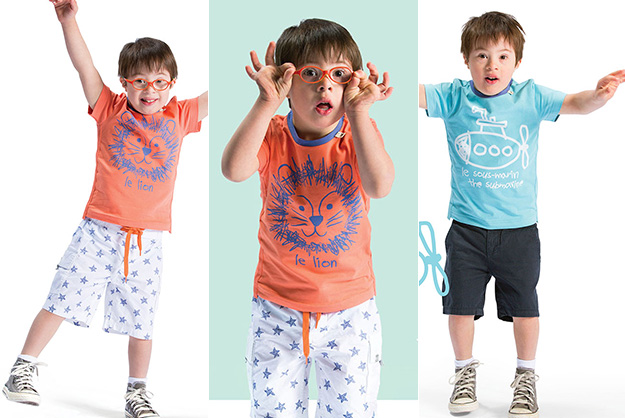
In recent times I have been thrilled to watch diversity and inclusion in advertising become more common. Children with Down syndrome currently appear in major advertising campaigns for UK supermarket chain Sainsbury’s and for US department store Nordstrom, which also currently features adults with disability in its latest catalogue and has being doing so since 1997. Other major brands that have included models with disability in their advertising in recent campaigns include make up giant L’Oreal, UK department stores Marks & Spencer and Debenhams. In the US, brands like Diesel, Wet Seal and Tori Spelling’s children’s fashion brand Little Maven have also joined the movement.
But we are not yet at the stage when seeing people with disability in advertising is so unremarkable that the fact of it isn’t ‘newsworthy’ in itself. Ultimately that is what I would like to see but, where Australian advertising is concerned in particular, we are still a very long way away from that.
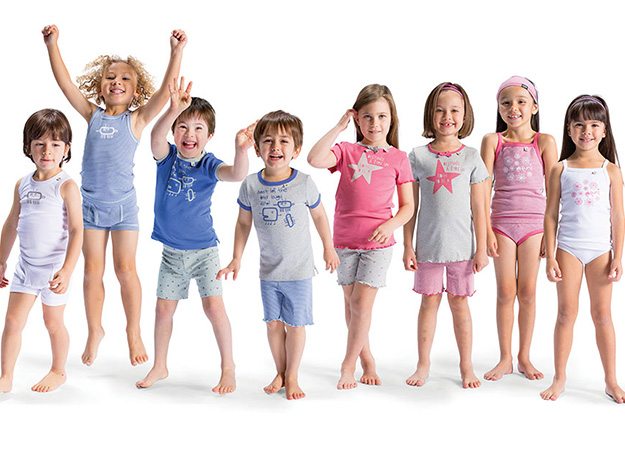
Apart from eeni meeni miini moh and more recently Bonds Australia, which featured two gorgeous tots who have Down syndrome, Ruby Curnow and Nikita-Louise Stones, in a campaign among other winners of the 2014 Bonds Baby competition, Australian advertisers have been too slow to embrace inclusion in advertising and break away from the “mould”, perhaps fearing that something too different could spark controversy.
What I would like to say to them is that they are making a mistake. Advertising should be bold and reflect the world in which we live. With one in five Australians living with disability, having a disability is a natural part of that world and, like other forms of diversity, it should be represented, not excluded.
It also makes business sense. It is an opportunity for brands to build loyalty by showing their customers that they understand them and by reflecting strong and positive social values.
In children’s advertising in particular, parents of children with disability and people with disability around the world are using their consumer vote and social media to send the message to advertisers that they want to see diversity and inclusion in advertising. Increasingly, the community is backing their call.
